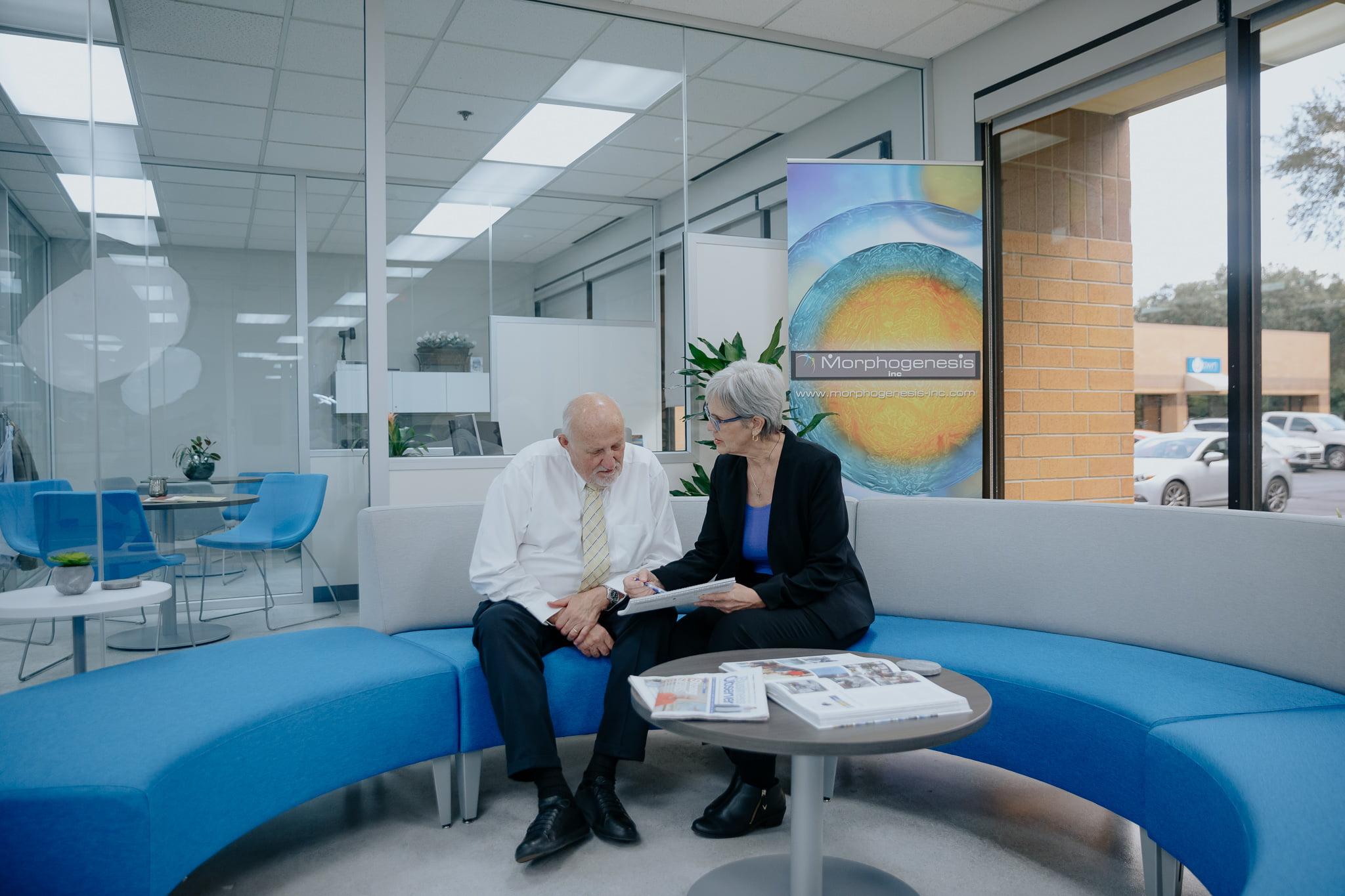Morphogenesis, Inc. recently received federal funding for a cervical cancer therapeutic drug they are developing for low resource populations in countries with limited healthcare infrastructure. The National Cancer Institute and the National Institutes of Health awarded the $400,000 grant, after the company’s Small Business Innovation Research (SBIR) proposal received high scores. Grit Daily caught up with Morphogenesis CEO Dr. Patricia Lawman, to discuss the funding, which was awarded in partnership with the pharmaceutical compounding company, Medisca.
Dr. Lawman says, “Cervical cancer is one of the biggest problems for women across the world—in Africa, in India—it’s really one of the highest causes for death.” The therapeutic treatment, IFx-Hu2.0, is currently administered via direct injection into the tumor, but low-resource communities may not have easy access to imaging software that would make such injection feasible. Therefore, Morphogenesis’ scientists are working on a way to keep the nucleic acid compound from degrading in warmer temperatures. The team’s ultimate goal is to make the therapy easy enough for women to treat themselves.
There are a lot of factors for the research team to consider when treating low resource populations. Dr. Lawman says, “There are logistical issues of whether there’s a clinic whether there’s equipment at a clinic, whether there’s training staff at the clinic and then whether people can even get to a clinic. So we wanted to try our best to be able to address all these issues.” The team aims to make something that all women, regardless of their situation, can access. The grant funds were awarded in April, and Dr. Lawman reports that the team is already making good progress.
Most SBIR grants come in 2 installments of $150,000 over 6-month periods, but the $400,000 grant awarded to Morphogenesis allows for research over a full year term. When the team has created a compound that can remain stable at higher temperatures, they will apply for phase 2, which offers funding up to $2M. At that stage, they will run clinical trials, likely within the U.S. To run trials in their low resource countries of interest, India and South Africa, the group will have to negotiate with the host countries’ FDA (or its equivalent agency,) after getting the proper licensing, to run trials on populations there.
The prevalence of cervical cancer in the U.S. has decreased over the past 40 years due to women getting regular Pap smears, as well as the development and widespread administration of the HPV vaccine. In poorer countries, access to such medical tests remains comparatively low. There are low resource communities within the U.S. that could benefit from an easily administered cervical cancer therapeutic treatment, but the research being done on IFx-Hu2.0 to make it widely accessible could have positive implications for women all over the world.

